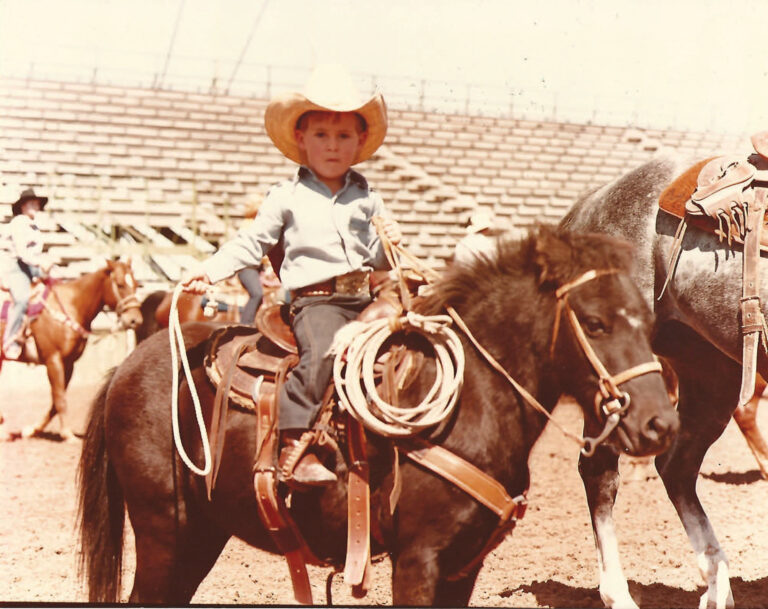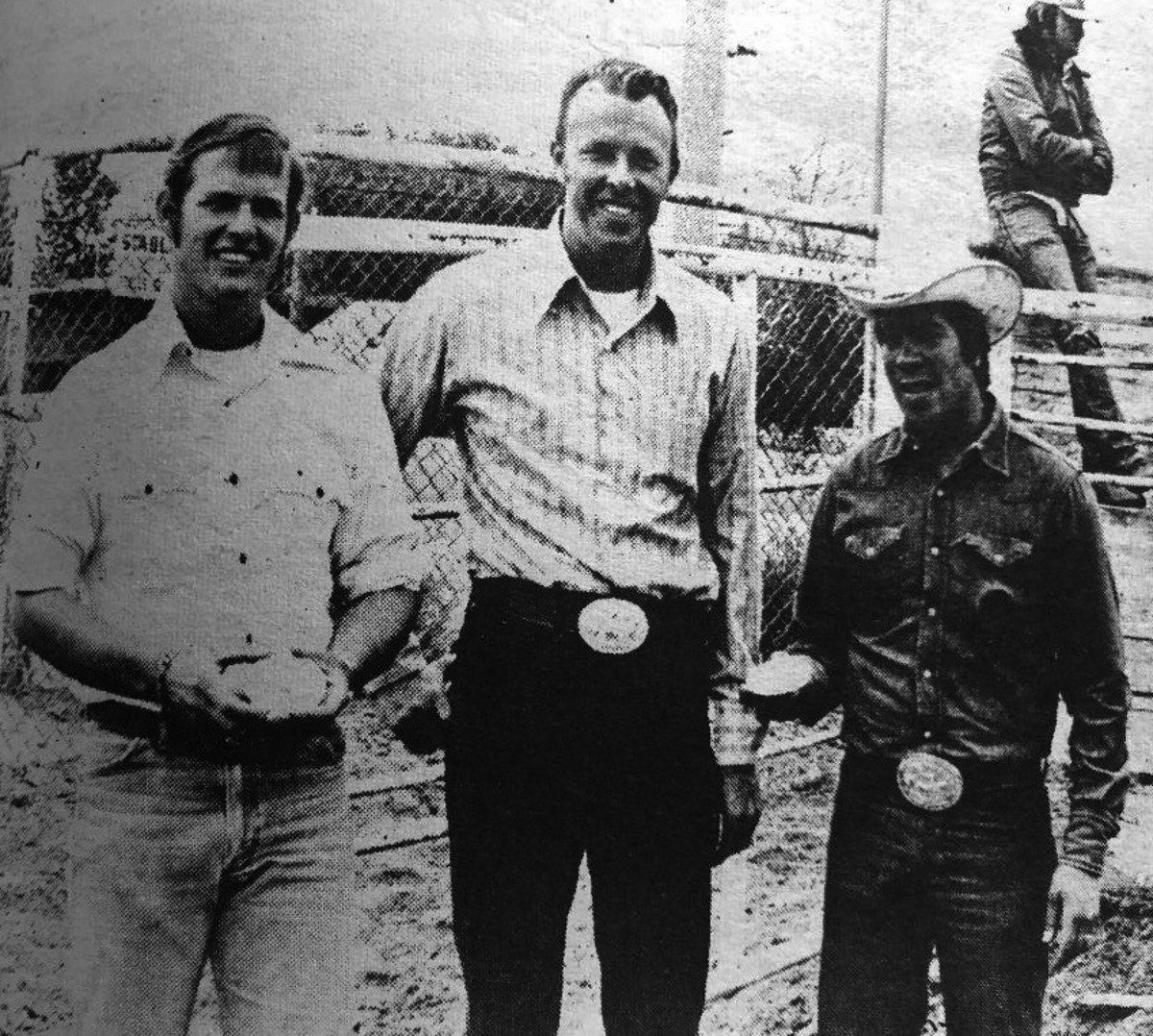
1960
By the late 1960s, dally team roping began in California, where they pushed to include it in mainstream rodeo events. By this time Leo, Reg and Jerrold Camarillo became the first recognizable household names to everyone in the roping world.
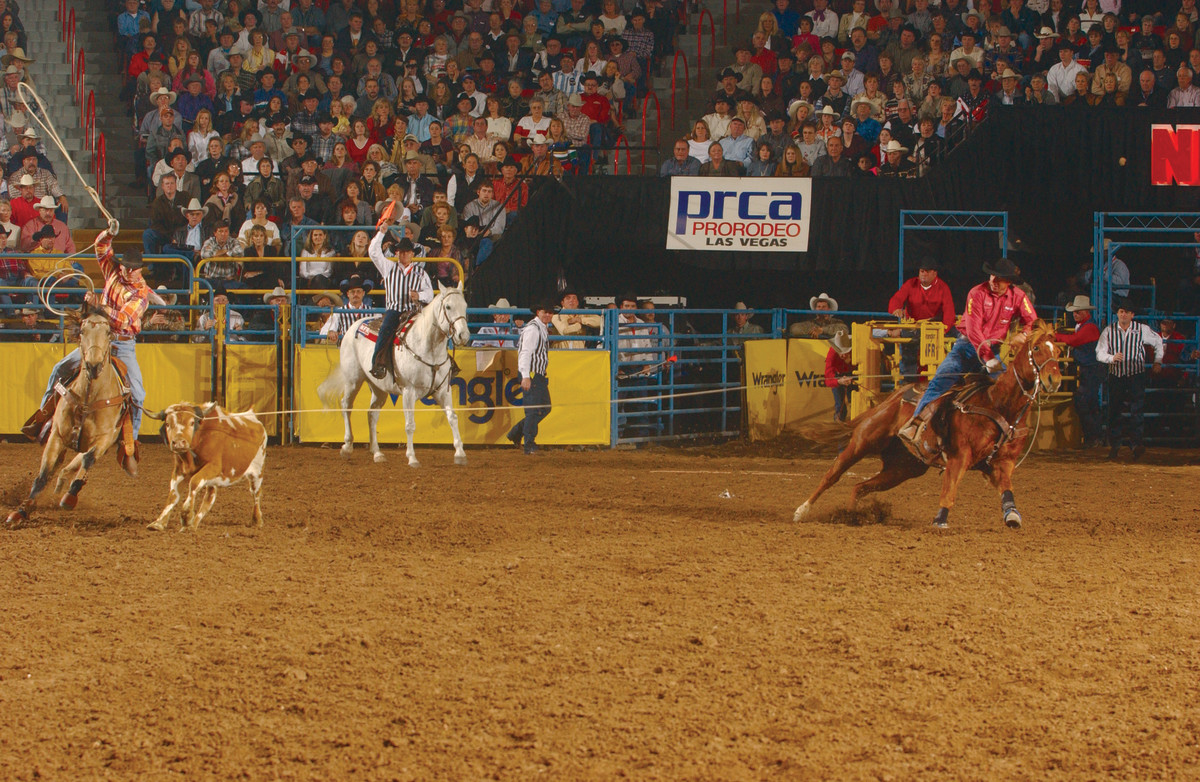
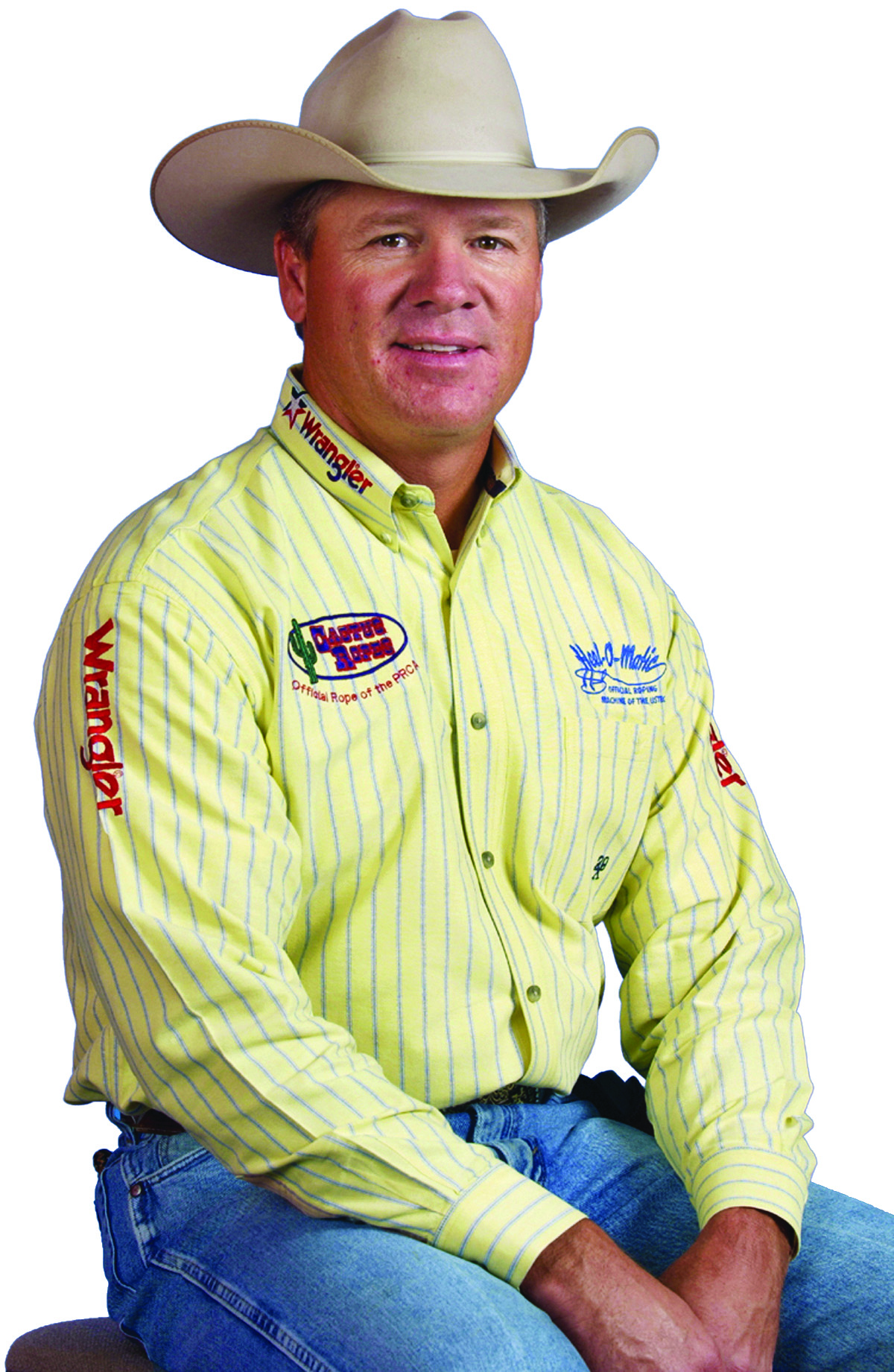
1970s
By the late ’70s, the industry started hearing names like young guns Jake Barnes and Clay O’Brien Cooper, who then went on to win their first NFR in 1985. If the Camarillos were the first names of team roping, Jake and Clay signaled the arrival of the modern team roping era. They had a new style of roping and a new, professional attitude that permeated the sport.
1980
By 1980, the need for handicapping was obvious as team roping was not growing. The American Computer Team Roping Association in California and the Texas Roping Association—which would become the Coors Roping Association—took a stab at creating handicapping systems.
1988
Denny Gentry was in New Mexico using a 9-point number system, but focusing his attention on money payback angles (multiples and formats) for the recreational ropers. He followed the thought process of the casinos—that money (not prizes) would drive team roping.
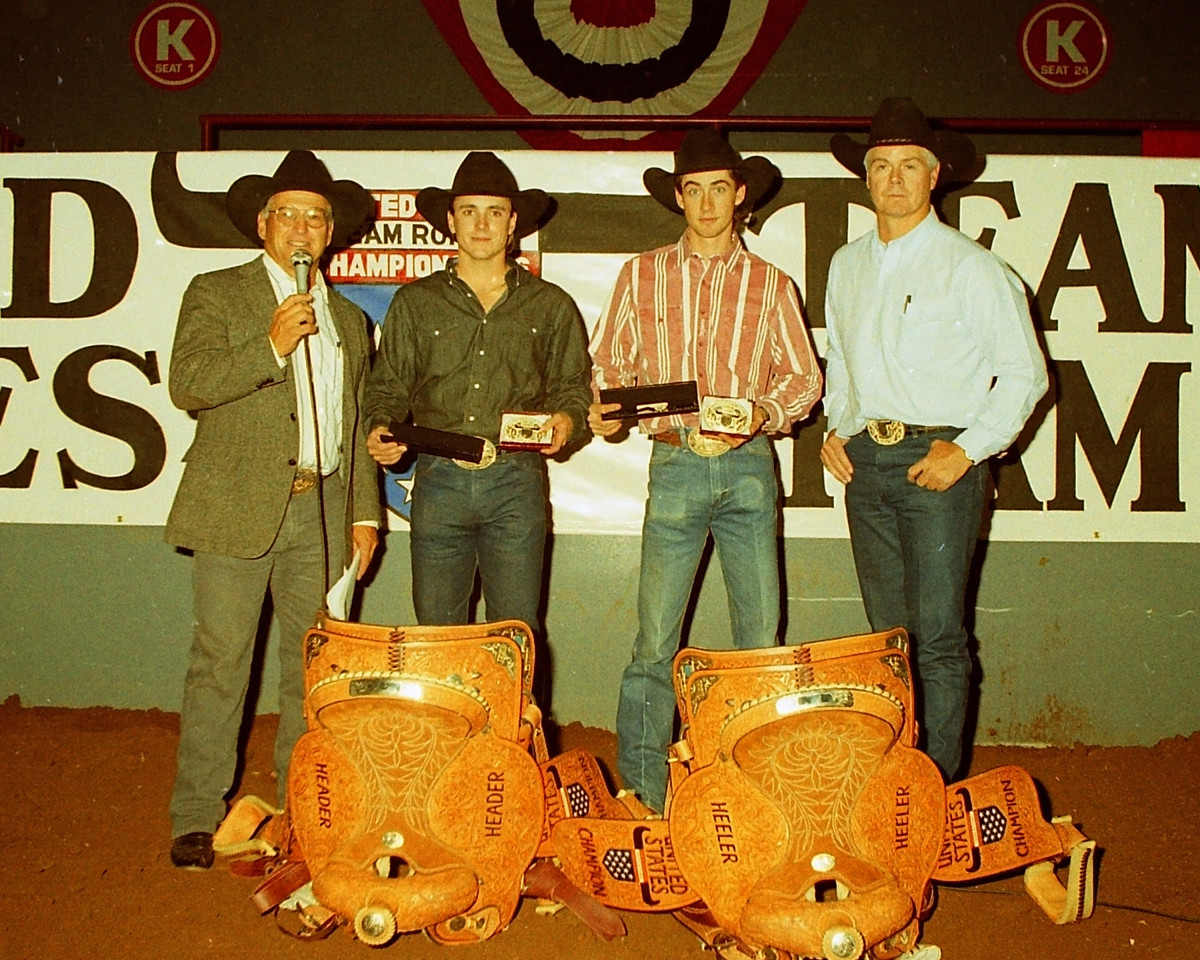
1990
Gentry started the United States Team Roping Championships in Albuquerque, New Mexico, becoming the first national team roping association. By the end of 1990, 16 states participated in the first USTRC National Finals of Team Roping (NFTR), which paid out $175,000.
1991
Gary Poythress, owner of the RIDER handicap system, merged his Western database with the USTRC database and assumed his position as Team Roping Data Information Specialist in development of the national classification system, which became top priority for the USTRC.
1992
By the end of 1992, Gentry brought in Chuck Stocks and Stocks Publishing to create the Super Looper Magazine, which was the first national roping magazine for the industry to showcase champions, provide marketing for roping suppliers and create an image for the industry as a whole.
1995
In 1995, the USTRC NFTR paid out $2 million. This is also the year that rotations, incentives and heeling barriers were introduced and, later, Hugh Chambliss and Gentry wrote “standardized team roping rules.”
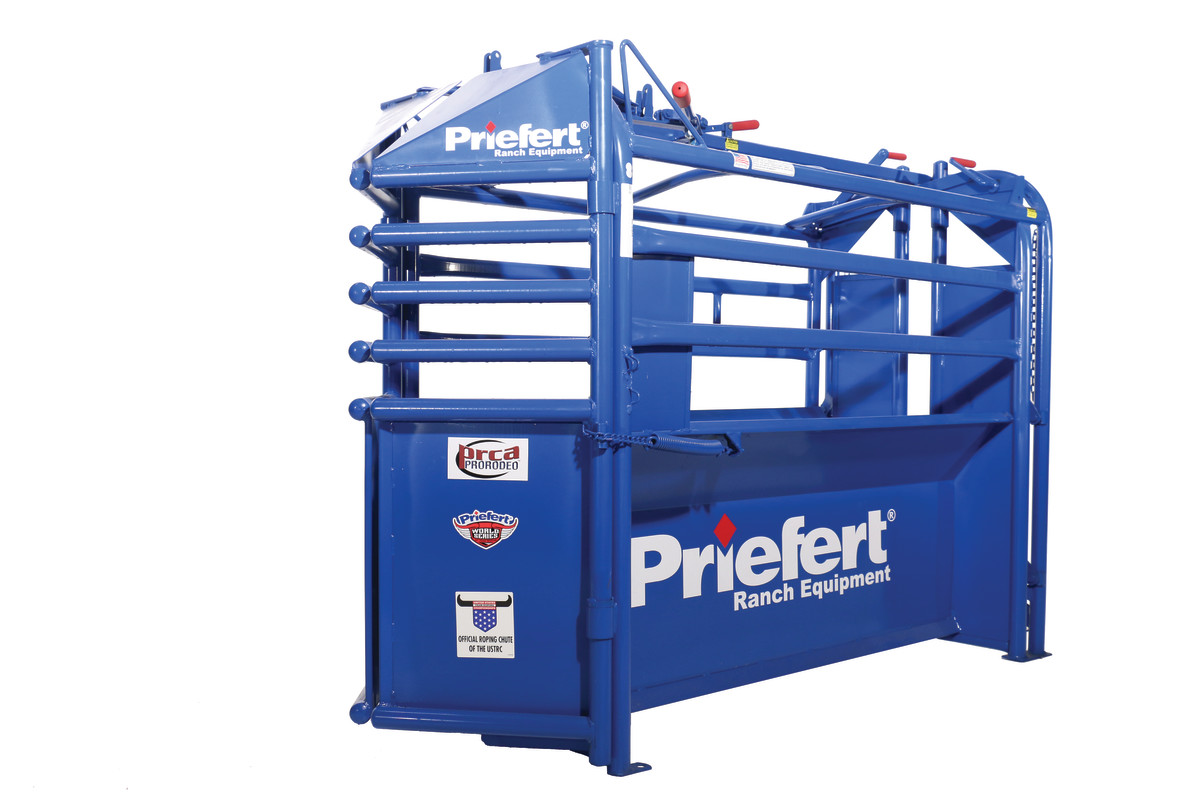
1998
Priefert Rodeo & Ranch Equipment joined forces with the Gentrys, becoming the official chute of the USTRC. They created the ’98-Model Chute and its popularity started an avalanche of manufacturing companies bringing product and training devices to the industry.
1999
The year of the first $3 million roping before the Gentrys sold the USTRC and signed a five-year no-compete agreement.
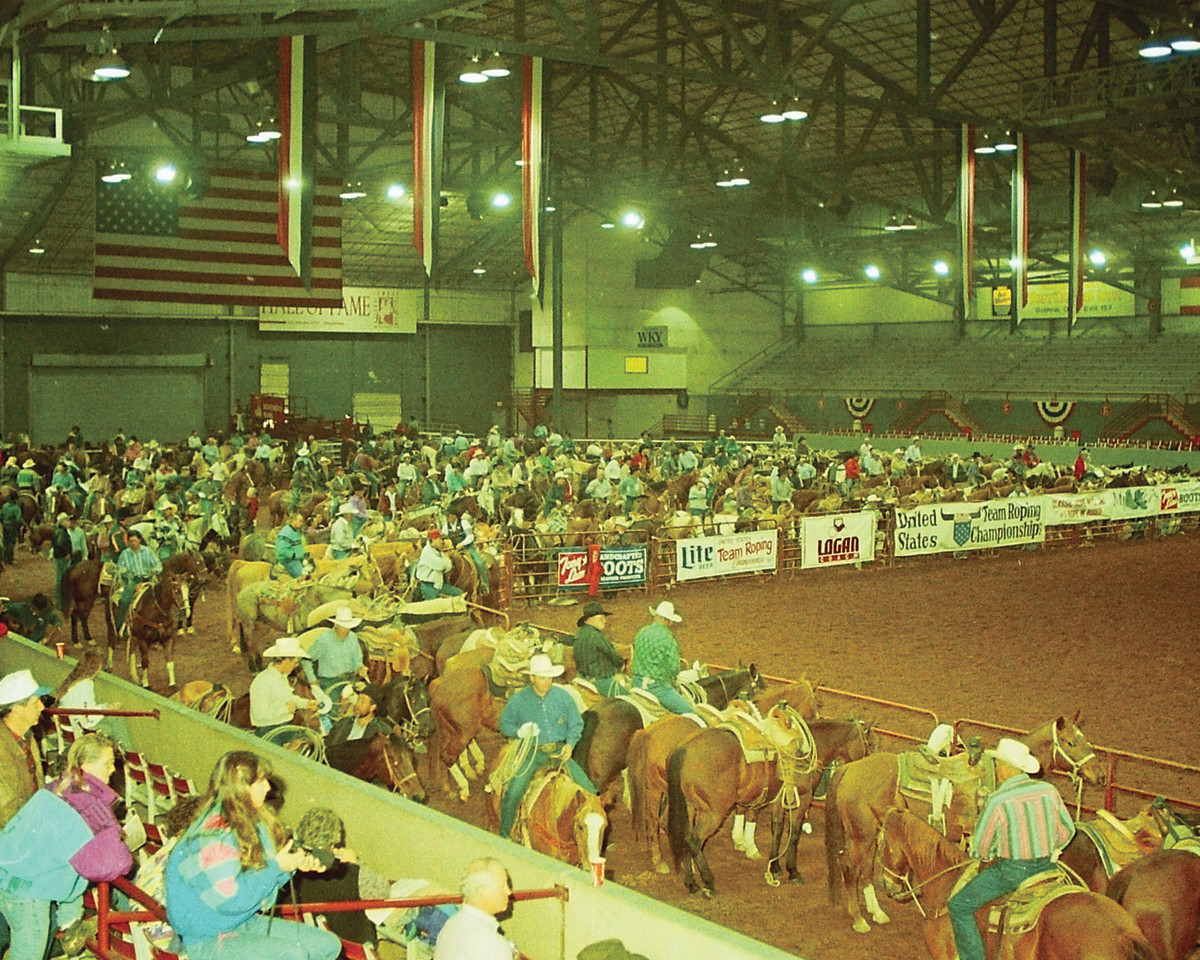
2006
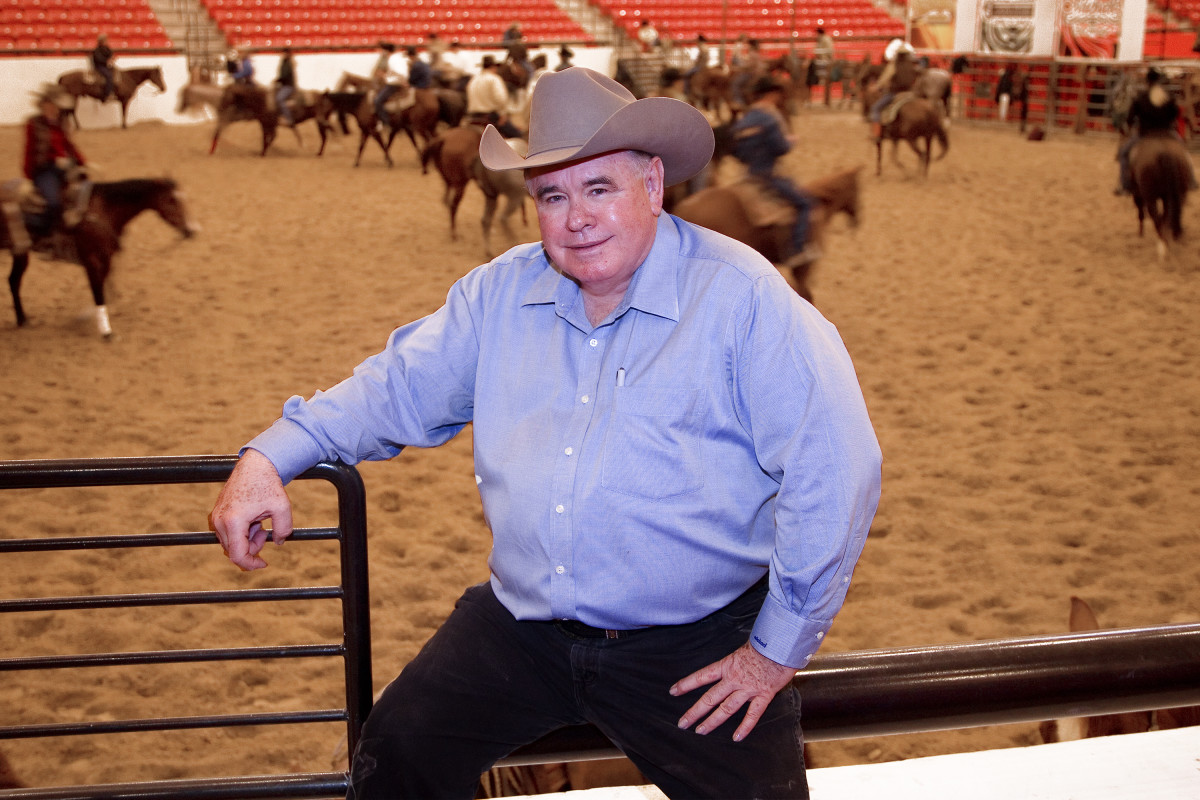
Pro Rodeo Hall of Famer Michael Gaughan had the vision to build a first-class equestrian facility at his South Point Hotel & Casino. After the Gentrys’ non-compete agreement was cleared, he recruited the them to join him with the vision to host a world-class cowboy event to be held daily during the NFR.
2009
By 2009, the World Series barrier part two had been developed by Gentry and Priefert. The score was designed to give an animal a head start by adjusting its distance from the roping horse, rather than, without adjusting the start with barriers and cages. The quick-start system was developed by the need to standardize the turn zone for recreational ropers for million-dollar ropings in a short, indoor arena environment.
2011
After six growth years, the WSTR became the fifth richest horse event in the world at $4.7 million. That year, 20 PRCA Hall of Famers competed at the WSTR Finale for more money than they have ever competed for as professionals.
2018
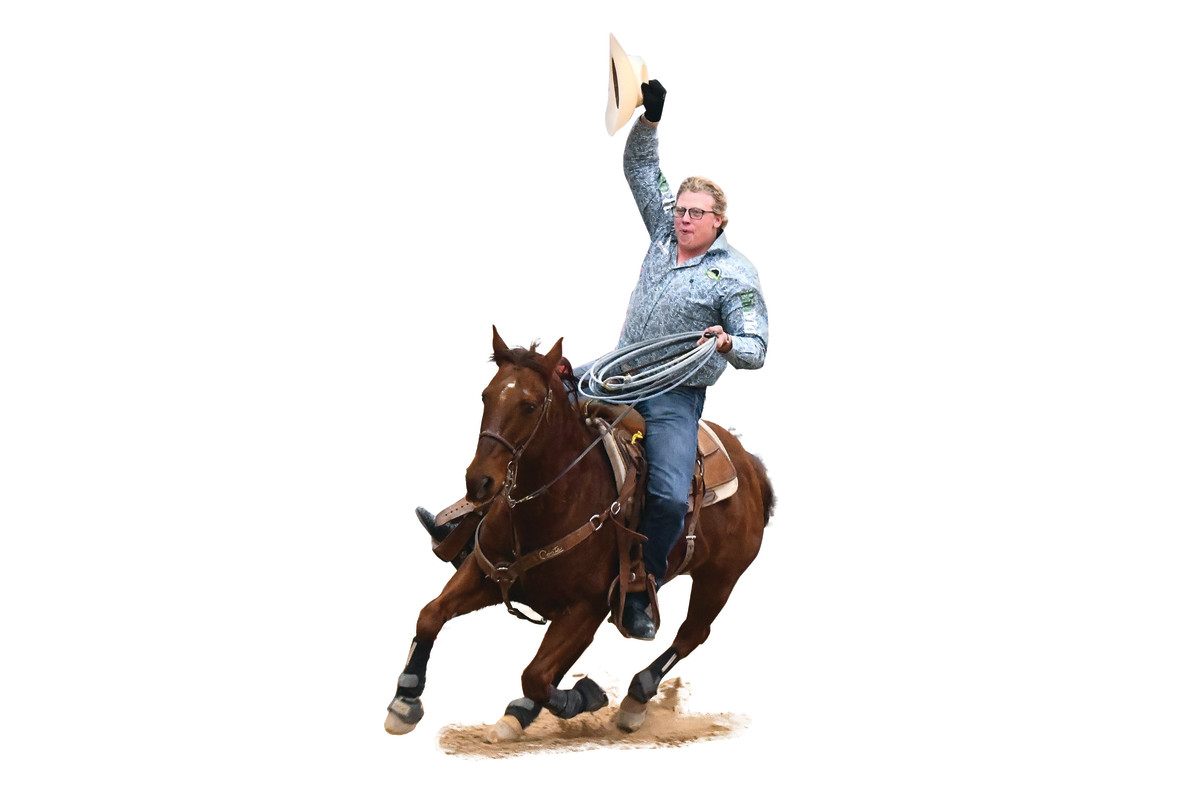
The WSTR Finale is now the second largest equine-related event in the world. The roping itself topped $13 million for recreational and professional ropers.






